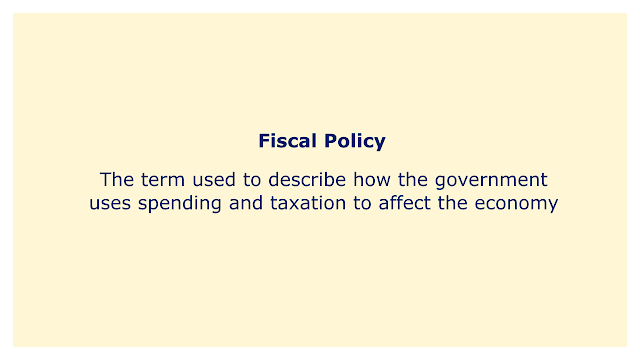 |
| Image: Moneybestpal.com |
Fiscal policy is the term used to describe how the government uses spending and taxation to affect the economy. One of the two primary instruments of macroeconomic policy, together with monetary policy, is this one. Fiscal policy is used to accomplish a variety of economic goals, including encouraging economic growth, maintaining economic stability during economic downturns, and assuring price stability.
By raising aggregate demand and generating jobs, government spending can promote economic growth. By raising government spending to balance off the fall in private sector spending, fiscal policy can also be used to stabilize the economy during recessions. Alternatively, fiscal policy can be used to slow down an overheated economy by cutting back on expenditure by the government or raising taxes to ease inflationary pressures.
Fiscal policy can be divided into two categories: expansionary and contractionary. In order to promote economic growth, an expansionary fiscal strategy entails raising government expenditure and/or lowering taxation. In order to cool down an overheating economy and contain inflation, a contractionary fiscal strategy involves cutting back on government expenditure and/or raising taxes.
The government's budgetary procedure is used to carry out fiscal policy. Through the enactment of new laws or the modification of current policies, the government can raise expenditures or lower taxation. Because some groups may be disproportionately impacted by changes in taxes or government expenditure, fiscal policy can also have distributional impacts.
Political issues, resource limitations, and coordination with other economic policies are only a few of the limitations and difficulties facing fiscal policy. Economic conditions, policy goals, and potential trade-offs must all be carefully considered in order to develop an effective fiscal strategy.
